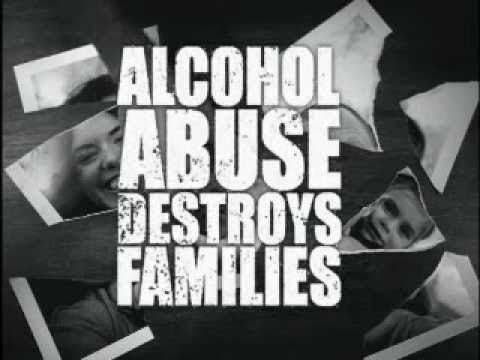By Charlotte Webster-
Family Drug and Alcohol Courts are to be established by the British government in a bid to tackle drug and alcohol abuse in parents. It will help parents access drug and alcohol treatments and other forms of practical and therapeutic support with regular reviews of progress and close monitoring of the welfare and care arrangements for the children concerned. The role of the court with the potential for sanctions should help maintain parents’ engagement with treatment and other services. Successful treatment should address any related child welfare concerns, so that children can remain living with their families.
The scheme mirrors family Drug and Alcohol Courts which originated in the USA in the 1990s designed to address drug and alcohol abuse. They aim to help parents address their substance misuse issues, improve family functioning and reduce the need for children to enter care. This service model is directed at improving the coordination of services for families, such as social services, substance abuse treatment, therapeutic services, domestic abuse intervention, employment and housing. This package of support is overseen by a court, which monitors parent’s compliance, administering both rewards and sanctions..
The ‘evidence store’, from the government’s What Works Centre in children’s social care, reviews eleven programmes including family drug and alcohol courts, solution focused brief therapy, and kinship care.
The database launched at an event for social workers in Birmingham yesterday, extensively assesses the overall effectiveness of an intervention through a meta-analysis. The meta-analysis mechanism pools data from various studies to produce a robust measure of overall effect. Where it was not possible to carry out a meta-analysis . Individual studies are used to examine whether a consistent message about effect is observable, or whether the overall picture was mixed.
Where the balance of evidence suggests outcomes were worse due to intervention, it is interpreted as having a negative effect. The balance of evidence indicating improvement intervention is concluded to amount to a positive effect. A mixed effect is concluded where evidence suggests the intervention has no effect overall, or studies show a mixture of effects and the criteria for negative or mixed positive effect are not met.
By the far the best outcome is when studies reveal consistently positive effects. This occurs where published studies have positive effects and none have negative effects for this outcome. Some individual studies may show no effect. However, either the pooled effect (in a meta-analysis) or most studies AND the studies involving most of the participants have a positive effect.
The sample used is set at sufficiently large numbers to competently test for the desired impact. A minimum of 20 participants are subject to measures at both time points within each study group (e.g. a minimum of 20 participants in the treatment group AND comparison group). Participants might be asked to complete measures at various points, using reliable, standardised and validated independently of the study. Administrative data and observational measures might be used to measure programme impact. Effective measures are used to assess how different research studies conclude on the effect, and how consistent they individually and collectively were. Strength is used to denote the quantity of research and how it was designed and executed T
A review could find that an intervention seems to have a positive effect on outcomes if based on low-strength evidence. This is because confidence in the intervention should be less if there was more good quality evidence consistently showing that the intervention works. Alongside the ratings are summaries on issues including the evaluated evidence, who the int.

